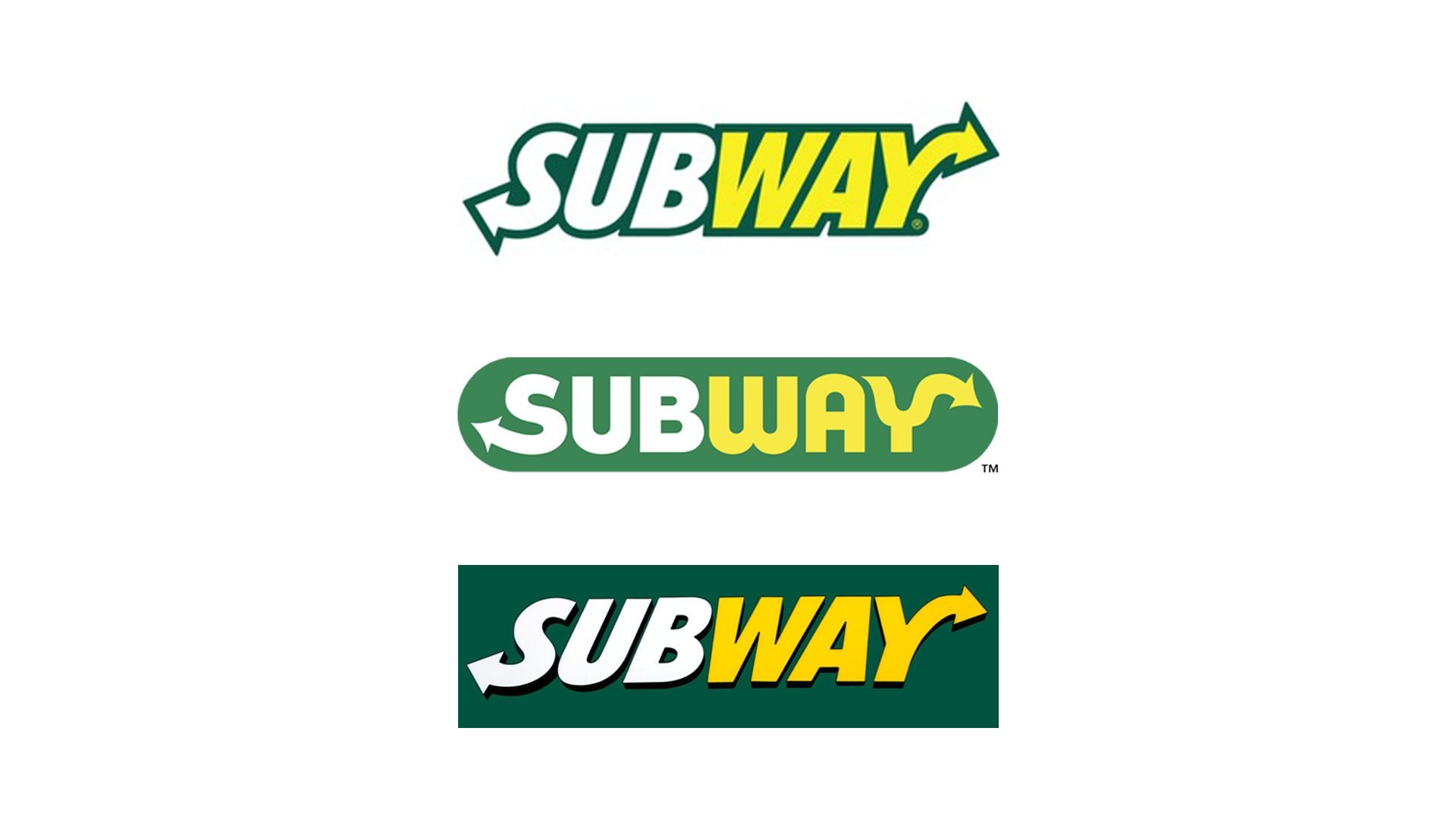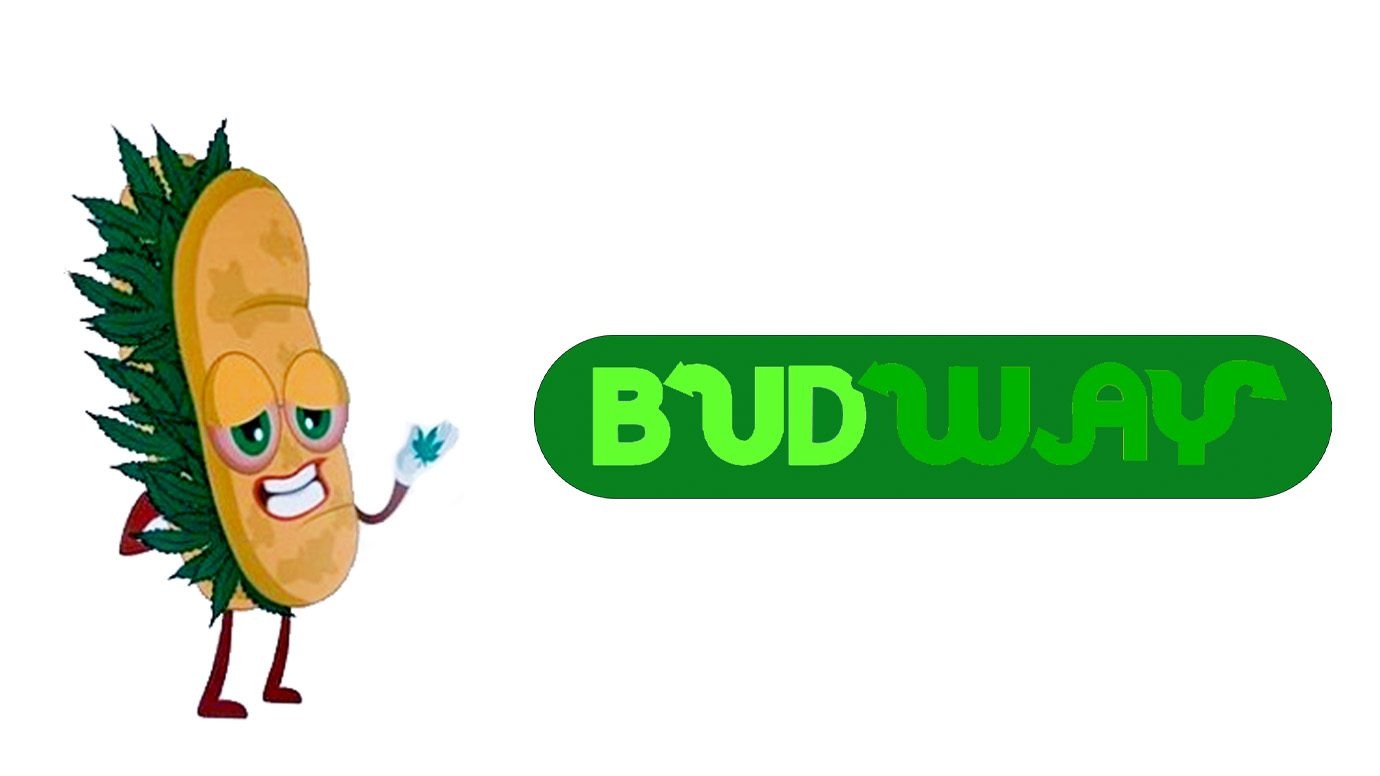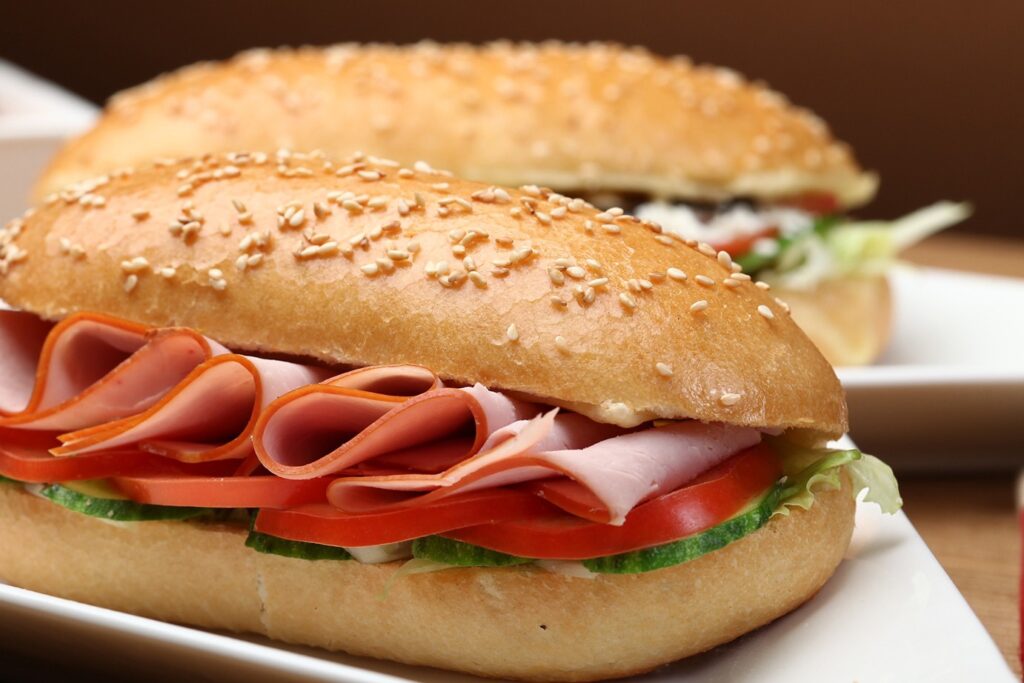Here we go, again.
The Canadian Federal Court has yet again sent a strong message to cannabis retailers who (foolishly) try to piggyback on the fame and reputation of established Canadian brands.
Over the years, we have seen a dramatic increase in the adoption of parody marks, particularly in the cannabis industry, obviously aimed at riding on the coattails of famous brands. In this scenario, the parody mark is usually comedic and will obviously call the famous mark to mind.
Fortunately, Canadian courts have caught on quickly and are laying down the iron hand. Cannabis companies or start-ups, in general, seeking to parody famous brands should therefore be forewarned.

On June 10, 2021, the Federal Court handed down judgment in the case of Subway IP LLC v Budway, Cannabis & Wellness Store. Unequivocally, this case serves as a reference to Canada’s no-tolerance approach to trademark parody and infringement.
Subway IP LLC (Subway) is a well-known restaurant operator in Canada and is the owner of various SUBWAY trademark registrations for marks including the following:

Budway, Cannabis & Wellness Store (“Budway”) operates a cannabis retail store in Vancouver and adopted the BUDWAY design mark (shown below) as its trademark. Budway had also used a mascot in Instagram advertising showcasing a submarine sandwich filled with cannabis leaves, with what appears to be bulging bloodshot eyes.

Subway initiated legal action alleging that Budway (1) infringed its trademark rights (2) directed public attention to its goods, services and business in a manner likely to cause confusion (passing off) and (3) depreciated the value of the goodwill in the SUBWAY trademarks.
The court ruled in favor of Subway on all grounds and made orders for permanent injunctive relief, damages and costs.
Trademark Infringement
A trademark registration gives the owner the exclusive right to use the trademark in Canada in respect of the goods and services for which it is registered. The right to exclusive use is deemed to be infringed by the use of a confusing mark in association with goods or services that are similar or identical.
The court found that Budway’s BUDWAY design mark was confusing with Subway’s SUBWAY trademarks. In making this finding, the court considered all of the surrounding circumstances of the case, including the particular circumstances listed under section 6(5) of the Trademarks Act, namely inherent or acquired distinctiveness; length of time the trademarks have been in use; the nature of the goods, services, business, and trade; and the degree of resemblance between the marks.
Degree of Resemblance
The court found that the BUDWAY design mark strongly resembled Subway’s trademark. The similarities in the letters and pronunciation of the words SUBWAY and BUDWAY were described as self-evident. Interestingly, the fact that “budway” was a coined word was viewed as a factor that enhanced the degree of resemblance between the two marks. The court opined that since “budway” was not itself a real word, it would tend to be read in a manner that would connote the common word “subway”, and that in this particular context, the connotation would be with Subway’s SUBWAY-branded sandwich restaurants.
The similarity between the marks were further compounded by Budway’s use of the same logo elements that appear in Subway’s mark, namely the color differentiation between the first three and last three letters, the arrow design motif, and the use of a green-colored oval background.
Distinctiveness
The court found that the SUBWAY design mark possessed a fairly high degree of inherent distinctiveness. Although the “sub” element of the word is suggestive of the submarine sandwiches sold at the Subway restaurants, the court acknowledged that the use of that element in the SUBWAY trademarks was distinctive. Distinctiveness was further enhanced by the graphic elements of the SUBWAY design mark, which include the arrow designs and color differentiation. Additionally, the court found that the SUBWAY design mark, being well-known in Canada had gained significant acquired distinctiveness.
The court found that there was some distinctiveness in the BUDWAY design mark. However, the distinctiveness in the mark, particularly in its graphical elements, was derived primarily from adopting the elements seen in the SUBWAY design trademark.
Length of Use
The evidence before the court showed that Subway’s mark had been in use for many years whereas Budway had only for a short period of perhaps a year. This factor favored Subway in the confusion analysis.

Nature of the goods, services and business
The court found that there was an overlap in the goods offered by the parties. This is the key distinguishing factor between this case and Toys “R” Us (Canada) Ltd. v Herbs “R” Us Wellness Society in which the court did not find trademark infringement.
Subway’s registrations covered a variety of products including sandwiches and “snacks namely … pastries, cookies …” The fact that Subway did not have registrations covering cannabis-related products was of no moment since its registrations covered baked goods (particularly cookies) generally. Evidence before the court showed that Budway offered edible cannabis products for sale, including cookies. The court also agreed with Subway that Budway’s use of its submarine sandwich mascot further brought the parties’ goods into closer comparison.
Nature of the Trade
This factor did not undermine the court’s assessment of confusion. Generally, both parties were found to offer goods at a retail level through a similarly sized store, offering goods for immediate purchase, including on a takeout basis.
All in all, the court concluded that there was a reasonable likelihood of confusion between Budway’s BUDWAY mark and the Subway’s SUBWAY trademarks. In particular, the court admonished Budway in noting that it clearly adopted the BUDWAY mark to deliberately draw on the fame and reputation of Subway in its SUBWAY marks.
Passing Off
Similarly, the court found that Budway was liable for passing off. In so finding, the court acknowledged that Subway had established all of the prerequisites of the tort namely (1) the existence of goodwill (2) deception of the public due to misrepresentation and (3) actual or potential damage
For the purposes of passing off, goodwill necessitates that a mark is distinctive and possessed of reputation. Based on Subway’s evidence of extensive use and market penetration, the court was convinced of its goodwill in the SUBWAY marks. Furthermore, the court agreed with Subway that Budway’s very conduct of copying the SUBWAY brand reinforced the existence of goodwill in the SUBWAY trademarks.
The second element of deception was made out in the likelihood of confusion that the court found between the marks.
As it relates to damage, the court noted that although Subway could not prove loss of sales or other financial harm, it was able to successfully rely on loss of control over its marks and the resulting harm to its goodwill and reputation.
Depreciation of Goodwill
The court found that Budway depreciated the value of the goodwill in Subway’s SUBWAY trademarks. In this regard, Subway was found to have established all of the requirements under section 22 of the Trademarks Act namely (1) use of a registered mark (2) goodwill (3) linkage and (4) damage.
Use for the purposes of depreciation of goodwill is satisfied if a claimant can show use of a mark that is sufficiently similar to the registered mark. It is not necessary to show use of the mark exactly as registered. Having established the striking similarity between Budway’s BUDWAY trademark and the SUBWAY trademarks, Subway had easily the met the requirement of proving use as required under section 22. Goodwill, for the purposes of depreciation, is assessed in terms of factors such as fame, degree of recognition, volume of sales, depth of market penetration, extent and duration of advertising and publicity, geographic reach, inherent or acquired distinctiveness, channels of trade and the extent to which a mark is associated with a particular quality.
The court was easily convinced that Subway possessed goodwill in its marks based on affidavit evidence showing long use, sales, market penetration, media and social media evidence among other things.
In terms of linkage, the court found that mental linkage between BUDWAY and SUBWAY was inescapable. Factors such as the substantial similarities and the deliberate copying of the SUBWAY mark were pivotal to this finding.
Damage caused by the depreciation of goodwill can stem from blurring away of brand image, or a “whittling away” of the distinctiveness in a registered trademark. Subway was able to establish damage since it had no control over the character and quality of Budway’s products and services and that Budway’s use of its BUDWAY trademark would result in blurring of the SUBWAY brand image and reduction in its ability to distinguish Subway’s goods and services.
The court also agreed with Subway that the damage to its goodwill is enhanced by the nature of Budway’s goods, in contrast with the “healthy and active lifestyle” that Subway promotes and associates with its brand. There was also evidence suggesting that Budway was operating unlicensed and from a location that Subway described as having a “somewhat downmarket exterior appearance”.
On the basis of these factors, Subway successfully convinced the court that Budway’s use of its BUDWAY trademark depreciated the value of the goodwill in its SUBWAY trademarks.
The BIG lesson to be learned here is that parodies are no joke! Let this decision be a cautionary tale to new brands and start-ups of the inherent danger in adopting a mark that associates with or alludes to another brand. Seeking to ride on the coattails of an established brand is simply a bad idea. Despite any expected commercial gain, a business would only be setting the stage for failure, costly litigation and subsequent rebranding.
This case also underscores the importance of expert legal counsel from the initial stage of brand development to ensure that a proposed name/trademark is freely available for use and registration.

ph: high times


